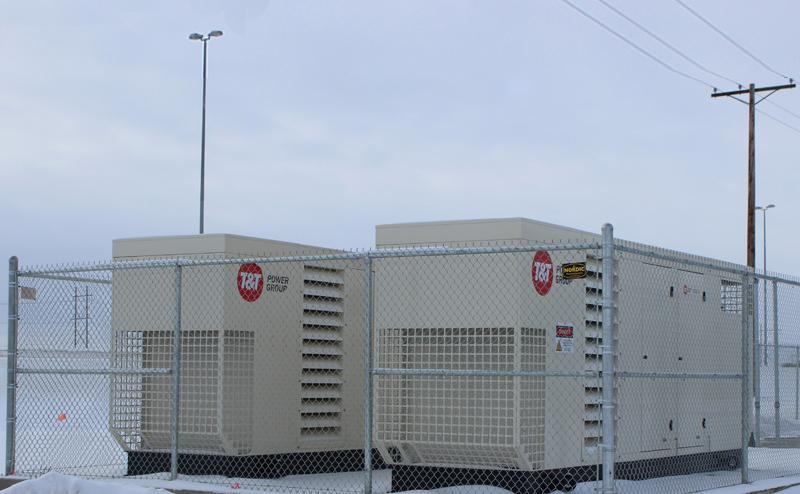Case Study | Standby Power
SASKATOON CIVIC CENTRE
A number of configurations were investigated, then a decision was made on a parallel standby power solution incorporating 2 x 500 kWe machines.
Download PDF

BACKGROUND
The state-of-the-art, 450,000-square foot Saskatoon Transit Facility is LEED certified (Leadership in Energy and Environmental Design), featuring indoor storage for 224 buses and ready to accommodate the fleet expansion expected over the next 10 to 15 years. In addition to this facility is a new Snow Management Facility (SMF) operated by the Roadways and Operations Division, and situated on a 14-acre concrete pad with the capacity to store up to 1 million cubic meters of snow. When the snow naturally melts, the melt water runs through an oil and grit separator and into a melt water/storm water pond.

THE PROBLEM
The client knew they needed both a reliable and economically feasible standby power system to service the new facilities.
The design required a 1,000 kWe (1 MW) diesel standby generator solution to support the loads of the premises – but a common issue with a generator of this size can often be the volume of engine. As a 1 MWe (1500 HP) engine is not typically produced for things like highway tractors, construction equipment, etc.; economies of scale are lost and the price of the project is driven steeply upwards.

OUR SOLUTION
Along with the General Contractor, T&T Power Group investigated a number of configurations including a single 1 MWe solution – ultimately deciding on a parallel solution that incorporated 2 x 500 kWe machines.
This parallel solution provided a certain level of redundancy that would otherwise not be available in a single engine project. It also provided the economy of scale comparable to that of mass-produced engine models and widely-available parts inventory.
In the end, our client made the excellent decision to proceed with our proposed solution that was reliable, serviceable, and extremely competitive.